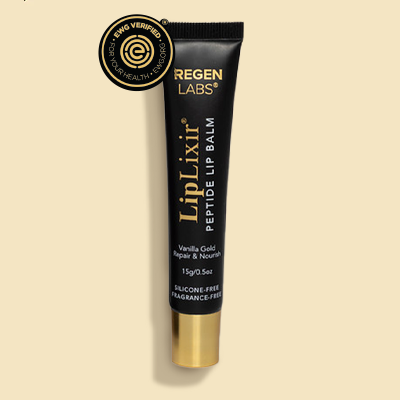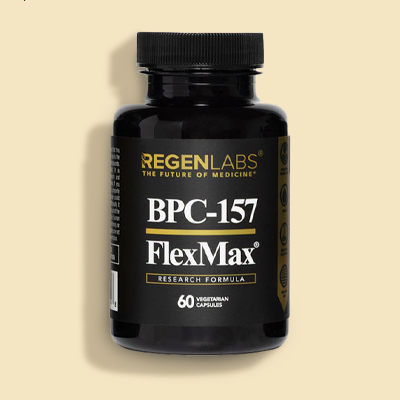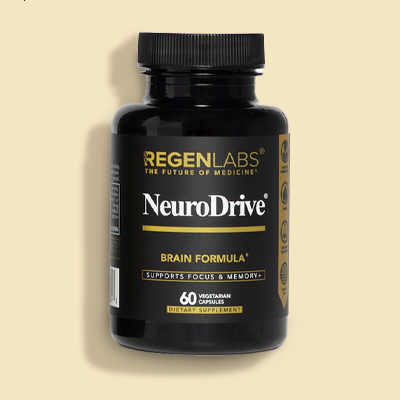In the quest for a healthier, more active life, distinguishing between physical activity and exercise is a vital step. These terms, while often used synonymously, encompass different dimensions of movement that can profoundly influence your health journey. From the casual walker to the dedicated athlete, understanding these differences can unlock new pathways to achieving your wellness goals. This exploration will provide you with the knowledge to incorporate both physical activity and exercise into your routine, ensuring a balanced approach that supports longevity, vitality, and overall well-being.
What Is Physical Activity?
Physical activity encompasses any movement produced by skeletal muscles that results in energy expenditure, ranging from everyday tasks to more vigorous endeavors. It includes a broad spectrum of activities such as walking, gardening, cleaning, and even playing with children, all of which contribute to maintaining and improving overall health. Unlike structured exercise, which is planned and repetitive, physical activity can be seamlessly integrated into daily life, making it accessible and achievable for individuals of all ages and fitness levels. Embracing physical activity not only enhances cardiovascular health, strengthens muscles, and improves flexibility but also boosts mental well-being, providing a holistic approach to a healthier lifestyle.
What Is Exercise?
Exercise is a subset of physical activity that is structured, planned, and repetitive, with the specific goal of improving or maintaining one or more components of physical fitness. Unlike general physical activity, exercise is typically more focused and intentional, often involving activities such as running, swimming, weightlifting, or yoga. These activities are designed to enhance cardiovascular endurance, muscular strength, flexibility, and overall body composition. By engaging in regular exercise, individuals can achieve targeted health benefits, such as improved heart health, increased muscle tone, and enhanced mental clarity. Exercise serves as a powerful tool for those seeking to elevate their fitness levels, offering a disciplined approach to achieving personal health and wellness goals.
Physical Activity vs Exercise: What’s The Difference?
Physical Activity
-
Definition: Any bodily movement produced by skeletal muscles that results in energy expenditure.
-
Examples: Includes activities such as walking to the store, gardening, household chores, and playing with pets.
-
Characteristics:
-
Often unstructured and spontaneous.
-
Can be integrated into daily routines without the need for special equipment or settings.
-
Accessible to individuals of all ages and fitness levels.
-
Benefits:
-
Improves cardiovascular health and muscle strength.
-
Enhances flexibility and balance.
-
Boosts mental well-being and reduces stress.
Exercise
-
Definition: A planned, structured, and repetitive form of physical activity aimed at improving or maintaining physical fitness.
-
Examples: Activities such as running, cycling, weightlifting, and yoga.
-
Characteristics:
-
Typically involves a specific goal, such as increasing endurance, strength, or flexibility.
-
Often requires a dedicated time and place, as well as equipment or facilities.
-
Usually follows a routine or program.
-
Benefits:
-
Enhances cardiovascular endurance and muscle tone.
-
Supports weight management and body composition goals.
-
Improves mental clarity and focus.
Is There Such Thing As Too Much Physical Activity or Exercise?
Yes, while physical activity and exercise are essential for maintaining health, there is a threshold beyond which they can become detrimental. Overexertion, whether through excessive physical activity or overly intense exercise, can lead to physical strain, injuries, and burnout. This is particularly true if the body is not given adequate time to rest and recover. Symptoms of overtraining may include persistent fatigue, decreased performance, mood disturbances, and increased susceptibility to illness. It's crucial to listen to your body and balance activity with rest, ensuring that your fitness regimen is sustainable and supportive of long-term health. Consulting with fitness or healthcare professionals can help tailor an appropriate plan that maximizes benefits while minimizing risks.
How Often Should I Participate In Physical Activity or Exercise?
The frequency of physical activity and exercise depends on individual goals, fitness levels, and overall health. For general health benefits, the World Health Organization recommends adults engage in at least 150 minutes of moderate-intensity aerobic physical activity or 75 minutes of vigorous-intensity exercise per week, complemented by muscle-strengthening activities on two or more days. This can be broken down into manageable sessions, such as 30 minutes of activity five days a week. However, the key is consistency and variety, ensuring a balance between aerobic, strength, flexibility, and balance exercises. It's important to tailor your routine to fit your lifestyle and preferences, gradually increasing intensity and duration as your fitness improves. Listening to your body and allowing for rest and recovery is equally vital to prevent injury and promote long-term adherence to an active lifestyle.
What Are The Best Strategies For Balancing Both?
Balancing physical activity and exercise requires a strategic approach that integrates both into your daily routine while aligning with your lifestyle and goals. Start by identifying opportunities for incorporating more physical activity into your day, such as taking the stairs, walking or cycling to work, or engaging in active hobbies. Complement these with structured exercise sessions that target specific fitness goals, like strength training or cardiovascular workouts, ensuring a mix of activities that enhance endurance, strength, flexibility, and balance. Schedule regular exercise sessions just as you would any important appointment, and remain flexible to adjust as needed. Prioritize rest and recovery to prevent burnout and injury, and consider consulting with fitness professionals to design a personalized plan. By embracing both spontaneous movement and planned exercise, you create a sustainable and enjoyable path to optimal health and well-being.
Tips For Introducing Physical Activity and Exercise Into Your Daily Lifestyle
-
Start Small and Build Gradually: Begin by incorporating short bouts of physical activity into your day, such as a 10-minute walk during lunch breaks or stretching while watching TV. Gradually increase the duration and intensity as you become more comfortable.
-
Set Realistic Goals: Establish clear, achievable goals that align with your lifestyle and fitness level. Whether it's walking 5,000 steps a day or attending a yoga class twice a week, having specific targets can keep you motivated and focused.
-
Make It Social: Engage friends, family, or colleagues in your activities to make them more enjoyable and hold yourself accountable. Group activities like hiking, cycling, or dance classes can add a fun, social element to your routine.
-
Incorporate Variety: Mix different types of physical activity and exercise to keep things interesting and work various muscle groups. This could include a combination of aerobic exercises, strength training, and flexibility workouts.
-
Use Technology: Leverage fitness apps, wearable devices, or online classes to track your progress, set reminders, and discover new workouts. Technology can provide valuable insights and keep you engaged in your fitness journey.
-
Comprehensive Recovery Support: FlexMax® BPC-157 Peptide Muscle Recovery Formula supports recovery for athletes by promoting muscle strength, maintaining gastrointestinal health, providing neurological protection, aiding joint and tendon repair, and accelerating overall recovery times.
Conclusion
In conclusion, understanding the distinction between physical activity and exercise is pivotal in crafting a balanced and effective approach to health and wellness. By recognizing the unique benefits each offers, individuals can tailor their routines to incorporate both spontaneous movement and structured workouts, ensuring a comprehensive strategy that supports physical, mental, and emotional well-being. Whether you're a busy professional, a fitness beginner, or an older adult, integrating these elements into your lifestyle can lead to improved health outcomes and a more vibrant life. Embrace the journey with confidence, knowing that every step, stretch, and lift contributes to a healthier, more fulfilling future.
Final Thoughts
Curious about how to effectively balance physical activity and exercise in your daily routine? Regen Labs® leads the way in supplement innovation, offering a range of premium products in cosmetics, fitness, and cognitive support. Our doctor-formulated solutions are meticulously crafted and certified to meet the highest standards. Explore The Future Of Medicine® with Regen Labs® and enhance your wellness journey with our expertly designed supplements.
Sources
1. https://en.wikipedia.org/wiki/Physical_activity
2. https://research.med.psu.edu/oncology-nutrition-exercise/patient-guides/exercise-vs-activity/
3. https://www.who.int/news-room/fact-sheets/detail/physical-activity











